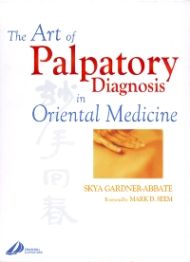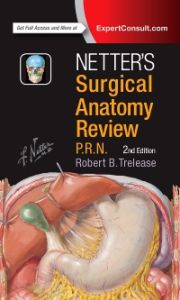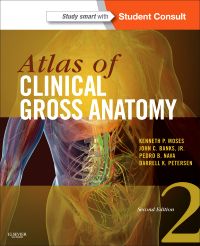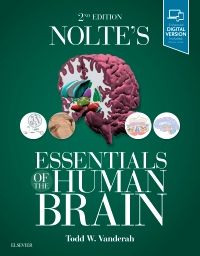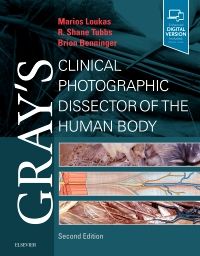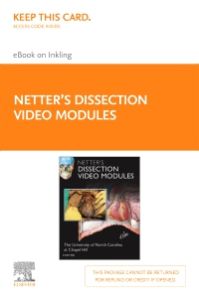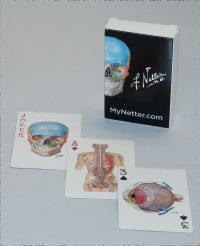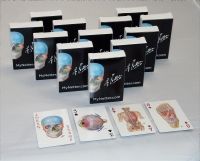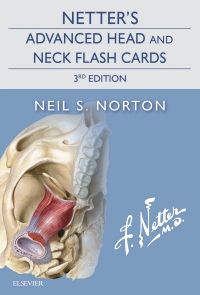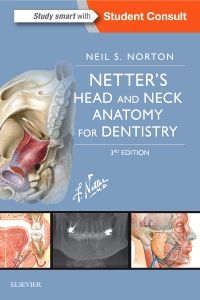This book provides a step-by-step introduction and practical guide to palpation as a method of assessment, diagnosis and treatment within the context of Oriental medicine, and in particular Japanese acupuncture practice. Leading the reader through the how and what of touch, around the abdomen (or hara) and other key areas of the body, the author also explores key acupuncture points for clearing these areas, as well as Japanese needle techniques. The aim of the book is to allow the reader to have a more vivid and sensitive feel for what lies below acupuncture meridians and points, and to be able to assess and treat a very wide variety of clinical conditions with an understanding of the individual patient - successfully.
Key Features
Powerfully illustratedwith line drawings and photographs to give the reader as vivid and accurate a sense as possible of what it being seen and feltPalpation is the heart of Japanese acupuncture diagnosis and treatment. With a clear understanding of principles and techniques, all acupuncturists will be able to add another dimension to their practice, over a very wide range of conditions
An emphasis is placed on the integration of Chinese and Japanese medical thought, helping the reader to see them as interrelated, classically based systemsThe chapters take a building blocks approach whereby concepts are explored gradually and new terms introduced and reiterated at the end of every chapter. A question section is included at the end of every chapter.
Cases from the authors 15 years of clinical experience are integrated whenever the concepts covered need further elaboration, helping the reader to study patient progress and get a sense of how to use the materialForms outlining procedures, diagnoses and possible treatment strategies supplement the theoretical material in each chapter so that the practitioner is assisted in organising and performing palpatory examinations.
Author Information
By Skya Gardner-Abbate, MA DoM DiplAc DiplCH, Department of Clinical Medicine, Southwest Acupuncture College, Santa Fe/ Albuquerque/ Boulder, USA
PART 1: Why Palpation and How to Perform it
1.Touch as Therapy. Notes and Touch 2. Traditional Chinese Medicine and Japanese Acupuncture: Similarities and Differences. How to use the Tiger Thermic and the Lion Thermic Warmers .3. Why Abdominal Diagnosis? 4. Abdominal Maps in History: Classical and Modified 5. Theoretical Clarifications. How to find your DominantEye 6. General Palpation Skills 7. Physical Examination I: The Healthy Hara Components, Charactersitcies and Clinical Significance. Mental Degeneration Stages of Progression 8. Part 1: The Relationship Between the Etiological Causes of Disease and the Pathophysiology of Tension. Part 2: The Pathophysiology of Tension in Vulnerable areas Stomach, Navel, Scars, Thighs, Sinuses, Neck and Back. Learn the Patterns of Stress. Protect Your Heart. 9. Physical Examination II: Part 1: The Palpation Schema. Part 2: the Clinical Energetics of the Clearance Points, Palpation Method and Differential Diagnosis. Four Ways to Eliminate Blood Stasis 10. A Brief Guide to the Use of the Navel Microsystem for Diagnosis and Root Treatment According to Classical Chin and Japanese Traditions. 11. A Treatment Outline to the Japanese Physical Exam. 12. Overview of the Integrative Process How to Put it Together. 13. Theoretical Clarifications The Eight Curious Vessels. 14. The Concept of Diagnosis and the Needle Schema. 15. The Law of Cure and the Concept of the Healing Crisis
PART 2: Treatment of Disease
16.The Tonsillar Treatment. 17. The Major Complaint. 18. Japanese Physical Exam: The Significance and Treatment of Scar Tissue. 19. Japanese Physical Exam: The Treatment ofInner Thigh Compression. 20. Japanese Physical Exam: The Treatment of the Sinuses. 21. Japanese Physical exam: The Treatment of Neck Tension. Headache Management Plan. A Word about the Thyroid Gland. Recommendations to Prevent Adrenal Exhaustion. 22. Japanese Physical Exam: The Differential Diagnosis of Back Pain. 23. Acute Abdominal Syndromes. 24. The Differential Diagnosis of Pain in Classical Chinese Medicine: Unique Treatment Approaches and Acupoint Energetics. 25. The Modalities
PART 3: Forms
Abdominal Diagnosis: The Healthy Hara Examination. Hara Diagnosis: Modified Abdominal Map. Navel Diagnosis Form. The Japanese Physical Exam. Scar Treatment Form. Sinus Evaluation Form. Neck Evaluation Form. How to Perform Back Evaluations and Treat
PART 4: Integrated Japanese Point Location, Energetics, and Needle Point Index
Treatment of Disease Points
PART 5: Appendices
Alphabetical Index of Point Energetics of Important Points in the Japanese Acupuncture System by Disease. Cross-reference by Meridian of Important Point Energetics in the Japanese Acupuncture System. Subject Index. Treatment of Disease Index. Glossary. Answers. Bibliography. Biographical Note


